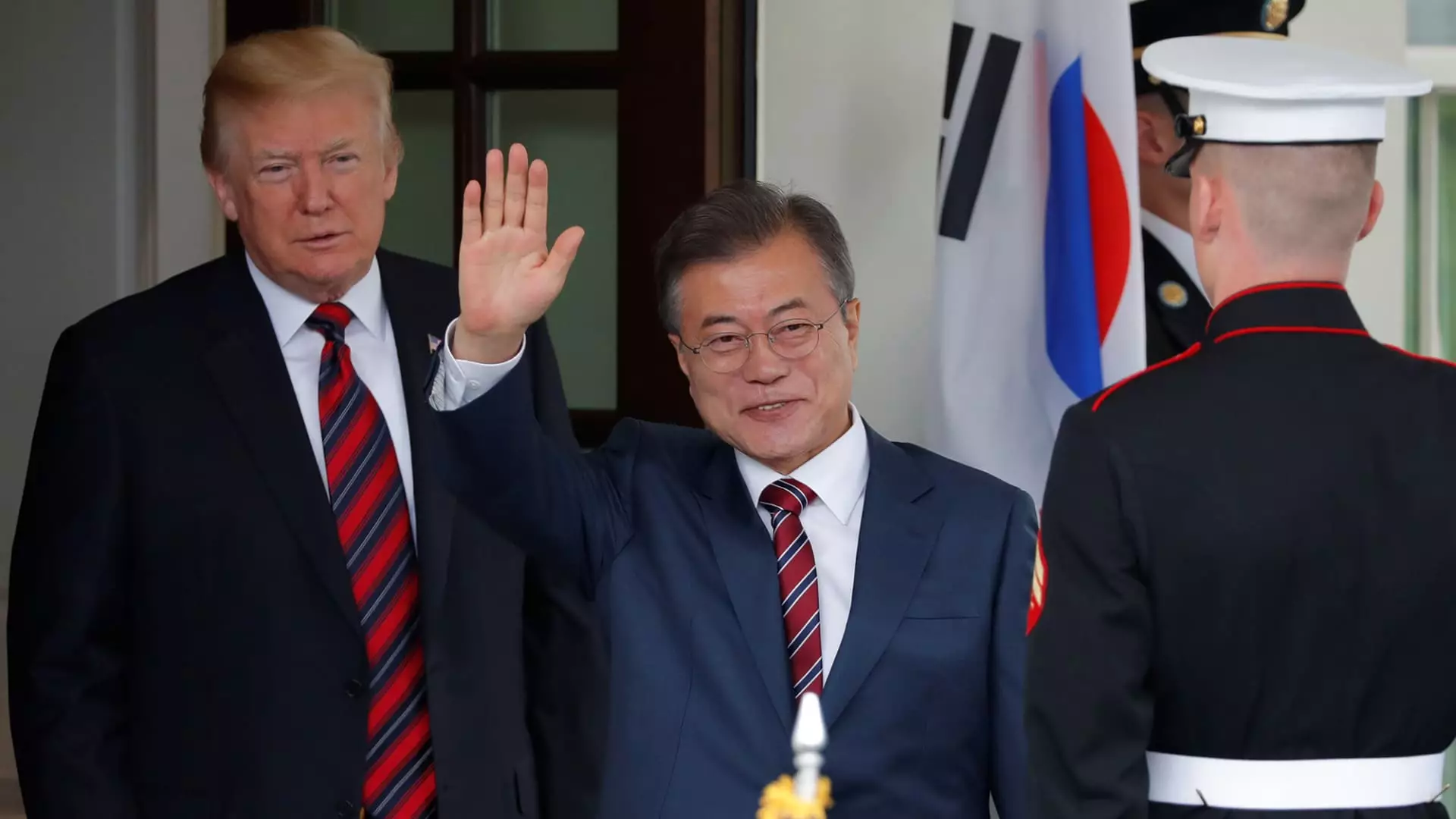The ongoing trade tensions surrounding tariffs on imported vehicles are fraught with potential implications for the U.S. automotive industry. As the Biden administration scrutinizes trade policies, there is particular concern regarding the impact of increased tariffs on vehicles produced in Japan and South Korea. Considering these two East Asian manufacturing powerhouses’ significant contributions to the U.S. automotive market, understanding the stakes involved is essential for stakeholders across the industry.
As of the previous year, South Korea and Japan accounted for 16.8% of vehicles sold in the United States, punctuated by noteworthy figures: 8.6% from South Korea and 8.2% from Japan. This places them as major players in the U.S. automotive landscape, particularly as they are the largest importers after Mexico, which alone constituted 16.2% of U.S. auto sales in 2024. The implications of potential tariffs on these countries could ripple through the industry, affecting not only vehicle availability but also consumer prices.
Historically, both nations have enjoyed favorable conditions for exporting vehicles to the United States. For instance, while Japanese automakers like Toyota, Nissan, and Honda contend with a modest 2.5% tariff, South Korean manufacturers benefit from a tariff rate of zero percent. The latter’s exports surged last year, solidifying South Korea’s status as the second-largest exporter of new vehicles to the U.S. market. The escalation or establishment of trade tariffs could create imbalances that jeopardize this dynamic, potentially resurrecting debates about the necessity and efficacy of government intervention in free trade.
The idea that increased tariffs would lead manufacturers to pass costs onto consumers raises alarms about vehicle affordability and overall demand. For instance, South Korea’s Hyundai is the foremost exporter to the U.S., closely followed by General Motors (GM). A recent increase in GM’s imports from South Korea highlights the company’s reliance on these vehicles, particularly entry-level models, which are crucial for its market strategy.
Observers should also consider the broader implications of a tariff system applied unevenly across the industry. For GM, the company has highlighted investments totaling $6.2 billion in South Korea since 2002, specifically aligning its offshore production capabilities with market demands in America. Should tariffs encumber vehicle imports from this key manufacturing hub, GM could face significant challenges in maintaining competitive pricing and meeting consumer demand for budget-friendly options.
Moreover, the automotive sector’s ability to pivot amidst changing trade policies is limited. Terence Lau, a former trade expert at Ford, emphasizes that while automakers can eventually adapt to tariff changes, the timeframe for such adjustments is not instantaneous. Whereas initial single-digit tariffs might be manageable, reaching a threshold of 10% and above can significantly diminish profit margins—posing further risks for automakers already struggling with fluctuating demand nationally.
As President Trump has hinted at the possibility of imposing reciprocal tariffs on foreign nations, the disconnect between rhetoric and actionable policy remains concerning for industry leaders. Automakers are calling for a comprehensive evaluation of tariffs across all trading partners rather than targeting selected countries, which could invite competitive disadvantages. Ford CEO Jim Farley has articulated this sentiment by advocating for an even playing field that does not penalize U.S. manufacturers while favoring foreign competitors.
Industry experts worry about the unpredictability of the current political climate. With divided opinions on trade policy and a shifting electoral landscape, stakeholder assessments must remain adaptable. The recent proposal for tariffs, along with Trump’s broader trade initiatives, could lead to a wave of uncertainty that reverberates through the automotive supply chain. This uncertainty could inevitably impact investment decisions, consumer behavior, and the overall trajectory of the industry.
The prospect of tightening tariffs on vehicles imported from South Korea and Japan underscores a crucial inflection point for the U.S. automotive industry. Manufacturers must navigate complex regulatory environments while prioritizing consumer accessibility and economic competitiveness. The evolving trade relationships will surely determine not only the operational strategies of automakers but also consumer pricing and overall market health in the coming years.
As debates over tariff impositions continue, it is imperative for all parties involved—government officials, automakers, and consumers alike—to engage in dialogues that foster collaboration and actionable solutions. Only by carefully balancing protective trade measures with the imperatives of a globalized market can the automotive industry thrive amidst uncertainty.

